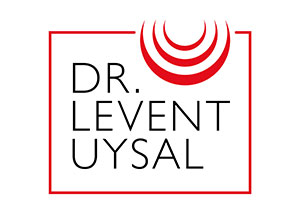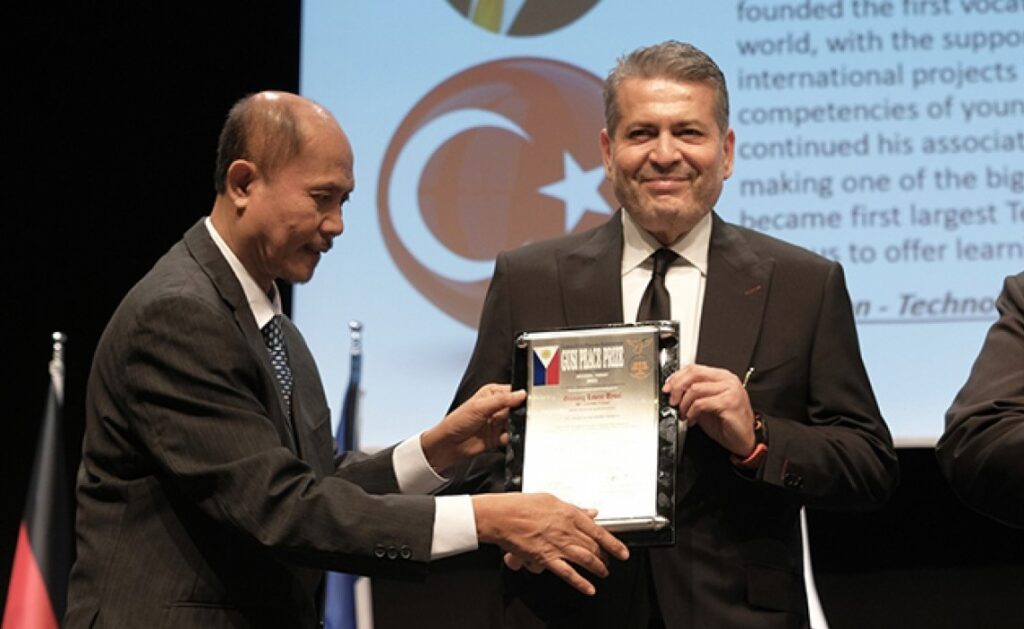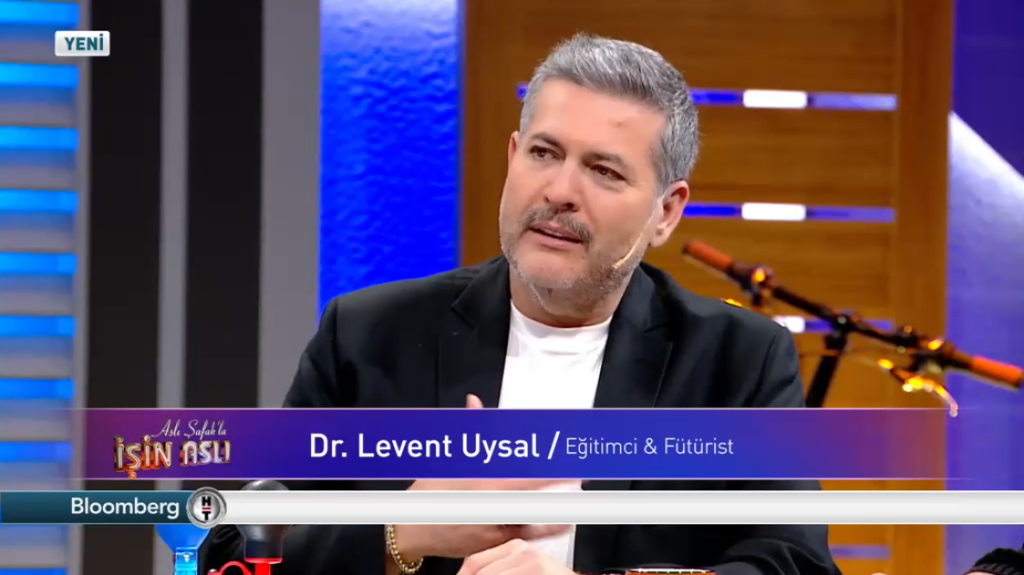Technology is one of the biggest changes we can see and see in education. Over the years, politicians, teachers, students, and parents have measured and assessed technology’s risks in education, its consequences, and its contribution to education. Nowadays, this discussion has become even more important as technology is developing at a much faster rate than before, the content of the course becomes intertwined with technology, and the instructor begins to try new teaching techniques. While one side underlined the positive aspects of technology such as strengthening communication with students and making the classroom environment more democratic, another side started to underline the negative aspects of technology such as distraction and encouragement of copying.
Using Technology in the Classroom Environment
Technology is a natural part of today’s children’s lives, and technological devices are a natural component of growth and development processes. In the classroom, technology is not just technological devices, but everything that supports communication between teacher and student.
The tutorial is constantly at war against all distractions such as phones, tablets, laptops. In this sense, technology may seem like a criminal that undermines learning, but if used correctly, it can become an element that supports communication in the classroom and supports an effective learning environment.
Digital learning is a valuable tool that can be used to discover new learning techniques and new ways for teachers to communicate with students. What is important here, as required by the 21st century, is that the learner and the trainer should not only use technology as they are told, but also people who can effectively and collaboratively manipulate technology, develop and recreate it in a way that will benefit them.
Advantages:
Using technology in the classroom enables more effective research in educational sciences and faster return.
Technology enables more active learning and increases classroom interaction with unexpected quizzes that can be applied in online surveys and lessons. The topics covered and the plan become more dynamic and digital books and links to various materials are included in the curriculum. This puts an end to one-way teaching, allowing more resources, examples and projects.
Using technology in the classroom maximizes participation.
Methods such as online surveys and quizzes are very effective in getting even students who are too shy to participate in class, who would not normally dare to raise their finger in the classroom. Online interaction systems can be used to keep track of students’ feedback, homework and projects, and the lessons they lack and strength, so that the content of the course can be revised according to this data.
For example, with the small exams at the beginning and end of the lesson, the degree to which students learn can be measured and necessary actions can be taken to make active learning most effective.
Technology offers countless ways to make learning the most active, enjoyable and effective.
There is no shortage of tools that can transform and improve the classroom environment from electronic books, mobile applications, online resources to organizational platforms. As before, single resources are no longer preferred nor sufficient to maximize learning. Some tutorials; making the classroom environment more enjoyable and interactive through competitive scenarios, points and awards; It gamifies learning based on role playing and healthy competition dynamics. The important thing here is to make the methods used to serve the learning goal and not deviate from the purpose.
Technology can automate and make some tedious tasks easier.
With technology, some tedious classroom tasks can be made less time consuming and easier. For example, tasks such as taking attendance, recording students’ grades can be accomplished in a very short time and with little effort, which will give the trainer time to do other activities. A professor at Georgia Tech coded an AI teacher assistant named Jill Watson, who was able to answer some of the students’ questions in the classroom, and sent what they could not to the professor.
With technology, students can easily access fresh information that will support their learning process.
In the ever-changing and developing world, it is unthinkable that the learned information remains static, so it is important for the learner to reach up-to-date information and to develop it by adding to this information if necessary. As a result, developments can be followed instantly and the information can be kept up to date based on collaborative work. In the classroom, this situation allows students to share information, make joint projects, and instantly communicate with the teacher.
In the digital world we live in, technology has become a life skill.
In the world we live in, digitality is now an inevitable dynamic, people are born into technology and grow with technology, technology has become a part of all the work done, and this has become natural. In this case, digital literacy is an important skill to be acquired. Digital literacy means having a deep understanding of the digital environment, being able to effectively adapt to new contexts, and collaboratively produce content.
In this case, keeping students away from technology is unlikely, nor is it wise, since technology is an inevitable part of our lives, being able to use it effectively and correctly will be an important part of learning and success.
Disadvantages:
Technology can be a distraction in the classroom.
According to Susan Dynarsky, Professor of Education, Public Policy and Economics at the University of Michigan, computers and tablets negatively affect learning and limit learning, distracting themselves and those around them, and lowering grades.
Banning technological devices is an insult to students, according to Matheww Numer, a faculty member at the Institute of Health and Human Performance at Dalhousie University, because the student is capable of making his own decisions and knowing how to act in the classroom environment. If students prefer to check their Facebook rather than listen to the lecture, it is their loss. Also, it is the teacher’s responsibility to make the lesson engaging and involve the student, and if he fails to do so, it is the teacher’s fault.
According to them, it is important to reveal how the classroom environment will be planned, how the boundaries of technology will be determined and how to stick to this plan and limit. As a result of technology’s misuse and lack of control, it is easy to get distracted.
Technology can disrupt students’ social interaction.
Many people are pessimistic about the impact technology has on people’s ability to socialize. Technology can be used to teach students how to become more dynamic in their relationship with other people, but what should be kept in mind is that technology is just a tool, not an end or an end.
Technology can support cheating.
Students are always inclined to cheat and can find methods, but technology can make it easier. For example, it only takes a few seconds to copy-paste and present an online assignment as your own.
To prevent this, technology can be used in a way that makes cheating more difficult. For example; Instead of measuring student memorization, focus can be on problem solving and interpretation skills by taking open book exams; Different questions can be asked and projects can be given to each student so as to measure the solution rather than the result; Turnitin-style programs that measure plagiarism can be used.
Not everyone has an equal chance of accessing technology.
Due to economic competence, not every student has a chance to reach equal technological conditions. For this reason, the instructor should not make technology the focus of the classroom. The classroom environment can be revised so that technology can be used jointly.
Due to technology, the quality of the resources used and the resulting research may be low.
The Internet is both a blessing and a curse. If the student is not able to measure the quality of the source he / she reads, the information he / she receives may be wrong and worthless, and his research using this information may become poor quality. For this reason, it is very important to be a technology literate, to have the knowledge and skills to reach the right source, and this ability should be gained by the student.
Lesson planning can become more labor-intensive with technology.
For the tutorial, it is tedious and time consuming to properly integrate technology into the classroom environment. While choosing the technological tools and applications to be used in the classroom, it should be reached with the right technology, so that they can receive technological support at any time and receive detailed information about this technology at any time. Also, the trainer should master this technology and take time to learn, not immediately try to integrate it into the classroom environment.
As a result; It is inevitable that all kinds of tools to be used in the classroom environment have both positive and negative aspects, the important thing is to take these tools and integrate them into the classroom environment while revealing their positive aspects in the most effective way and remembering that technology is only a tool. Technology is not an end that can replace the tutorial or the main resources, technology can be used as a support to make learning more active. The most important thing about technology usage; Learning to use technology in the right way. In today’s world where we have to be born into technology, it would be wrong to look at technology like a bogeyman and keep children away from it, and to support children who have not even begun to speak to watch videos on their tablets all day long. Perhaps your child, whom you are trying to isolate from technology, will become the world’s most famous software developer if they can learn the technology correctly, or perhaps as soon as they start school, your child will be dependent on technology to support their learning ability. At this point, both parents and teachers should know about the technologies that students use and will use, introduce children to technology in the right way, and support technology literacy, neither make technology a goal nor fear it. If we interact with technology at the right level and in the right ways, the digital world will open many doors for us.






